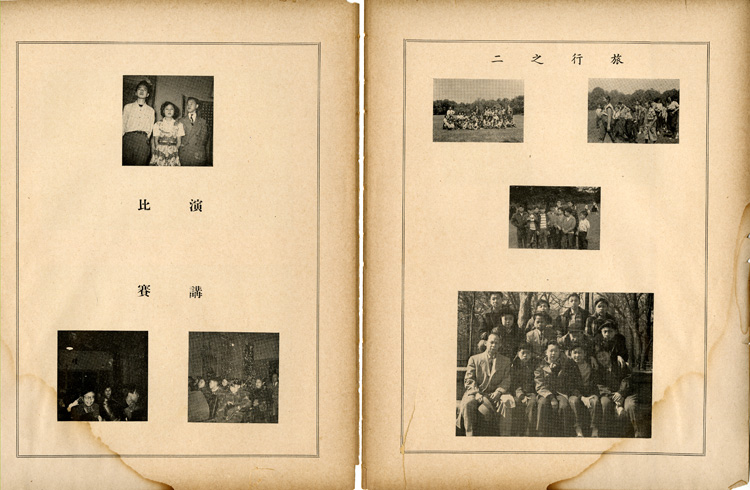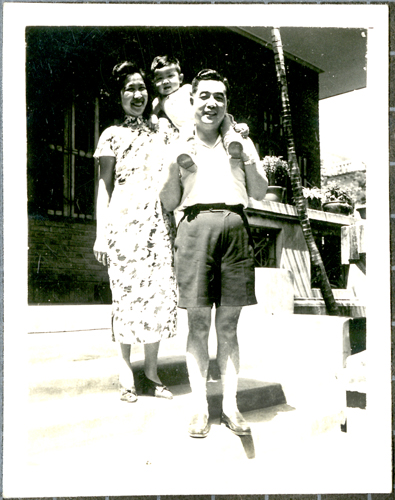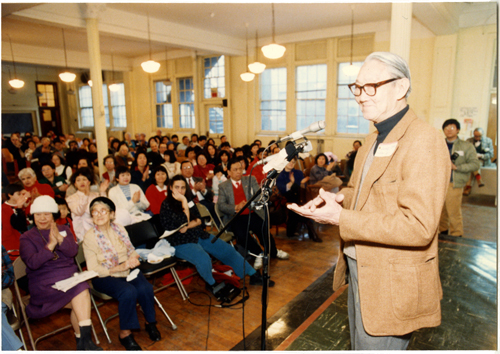In 1909, the New York Chinese School opened on Mott Street as the very first overseas Chinese school. Its original class consisted of only twenty students, but today the school serves more than 3,000. Located in the Chinese Community Centre along with the CCBA, the school is a non-profit, community-based organization and has been chartered by the New York State Education Department since 1967. Today, the New York Chinese School provides afterschool and weekend Chinese education for students K-12 and for adults, spanning from language to poetry, calligraphy, and performing arts. While the school opened with Chinese students in mind, today the rise of China as a global economy and parents’ desire to give their students a leg up through a Mandarin education has resulted in a rise of students from a variety of backgrounds learning at the school.
The above yearbook for the 1951 graduating class includes students’ and teachers’ portraits, class photos, essays written by the students, and candid photographs of student life. In the beginning of the yearbook, teachers express their concerns over the political turmoil overseas and the intense educational expectations for their students. They describe how China’s belief in education as the foundation of a country makes their task to not only educate their students but foster in them a family-country collective consciousness. Photographs of field trips, sports, speech competitions, and other games contrast these serious messages, along with student speeches, argumentative essays, letters, prose, and even a note asking for leave.


